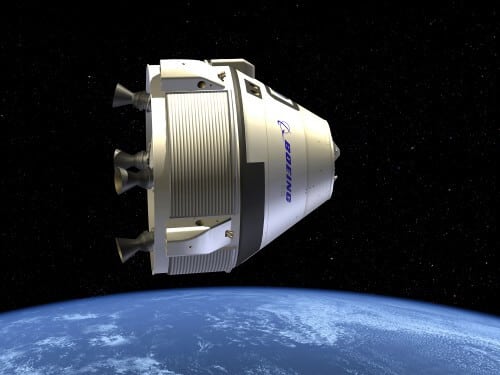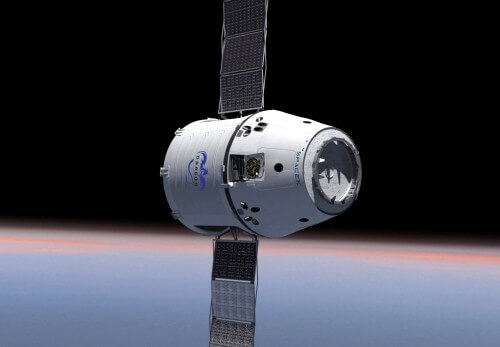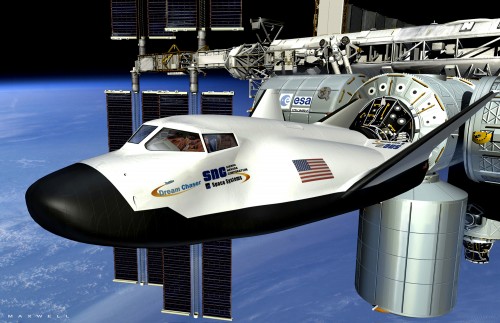The companies that have now started the process of obtaining the license are Boeing, which is developing the CST-100 spacecraft; Sierra Nevada Space Systems from Louisville Colorado is building the Dream Chaser (both spacecraft will be launched on ULA's Atlas 5 and SpaceX presenting the Dragon capsule and the Falcon 9 rocket for manned missions.

Last week, NASA took an important step towards returning to launching astronauts from US soil. On January 22, the first phase of the Commercial Crew Program's (CCP) began, under which a license will be given to three companies starting activities that will enable safe commercial flights to the space station.
This milestone comes on the day the agency marks the 45th anniversary of an important milestone in sending astronauts to the moon. On January 22, 1968, Apollo 5 was launched, which was the first flight in which the lunar module was tested from Cape Canaveral, and confirmed that the tool was functioning as designed. The mission also helped ensure that the spacecraft could safely fly with astronauts on the next mission.
And so this time too. Until May 30, 2014, the three companies that signed a contract with the CCP promise to develop products that will enable safe flight according to the standards required by NASA. The product licensing agreements will provide a standard for all aspects of manned spaceflight, including the design of the spacecraft, the launch vehicle, and the activities of the ground and mission crews.
After receiving the licenses, following the tests that will take place and meeting the standards, the CCP will allow the commercial launches from the Kennedy Space Center to the International Space Station.
"During this phase of the mission, we must create the ability to launch humans into low orbit," says Ed Mango, program manager at the Kennedy Space Center. "When we create the capability, NASA can become a customer and we can transport our crews to the International Space Station to conduct critical science experiments."
The companies that have now begun the process of obtaining the license are the Houston branch of Boeing, which is developing the CST-100 spacecraft that will be launched on the Atlas 5 rocket of United Launch Alliance; Sierra Nevada Space Systems of Louisville, Colorado, which is building the Dream Chaser, which will also be launched aboard Atlas 5, and SpaceX, of Hawthorne, California, which is introducing the Dragon capsule and the Falcon 9 rocket for manned missions.

According to the contract, the companies will provide data that will assist them in developing engineering standards as well as testing capabilities and design analysis. The second phase, which is expected to begin in mid-2014, will involve an open and full competition that will include the end-of-development experiments and the verification processes required to allow experimental flights to the space station.
NASA says that the goal is to develop safe, reliable and inexpensive manned space flight capabilities to and from low earth orbit for use by potential government and commercial customers.
While NASA works with American industry to develop commercial capabilities to launch American astronauts to and from the International Space Station, it continues to develop itself the next spacecraft to the moon and beyond.

"Our strategy is twofold," says Phil McAllister, director of commercial flight development at NASA headquarters in Washington. : We provide the private sector with a little more responsibility for flying passengers and cargo to low orbits, including of course to the space station, while NASA continues its traditional role in everything related to deep space. McAllister concluded.

One response
Only one more C was missing to add CCCP (the former Soviet Union...)